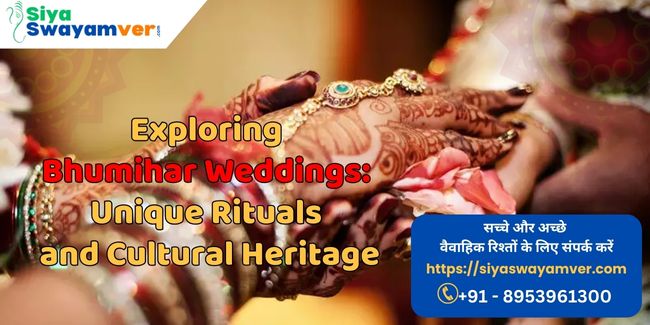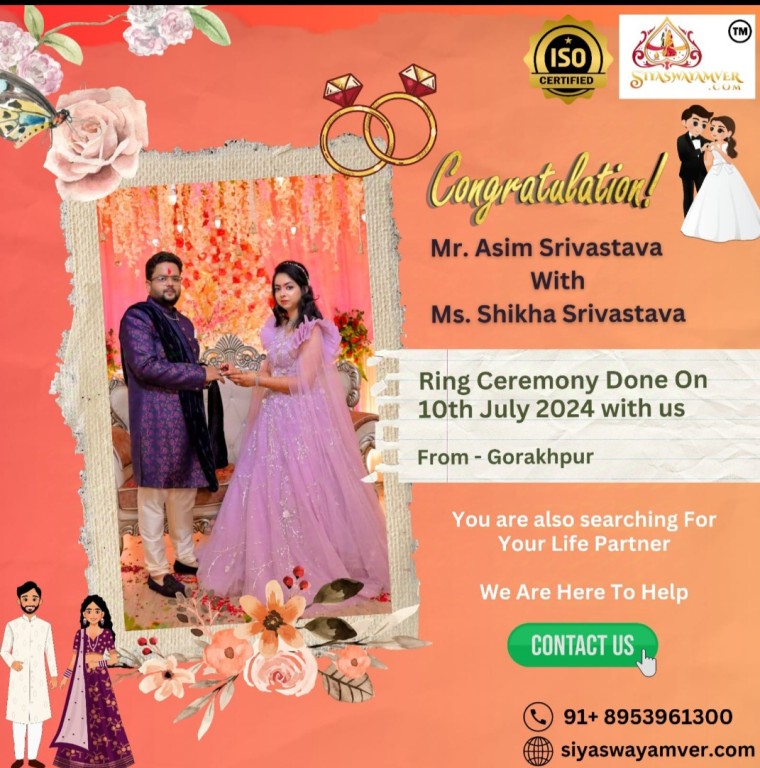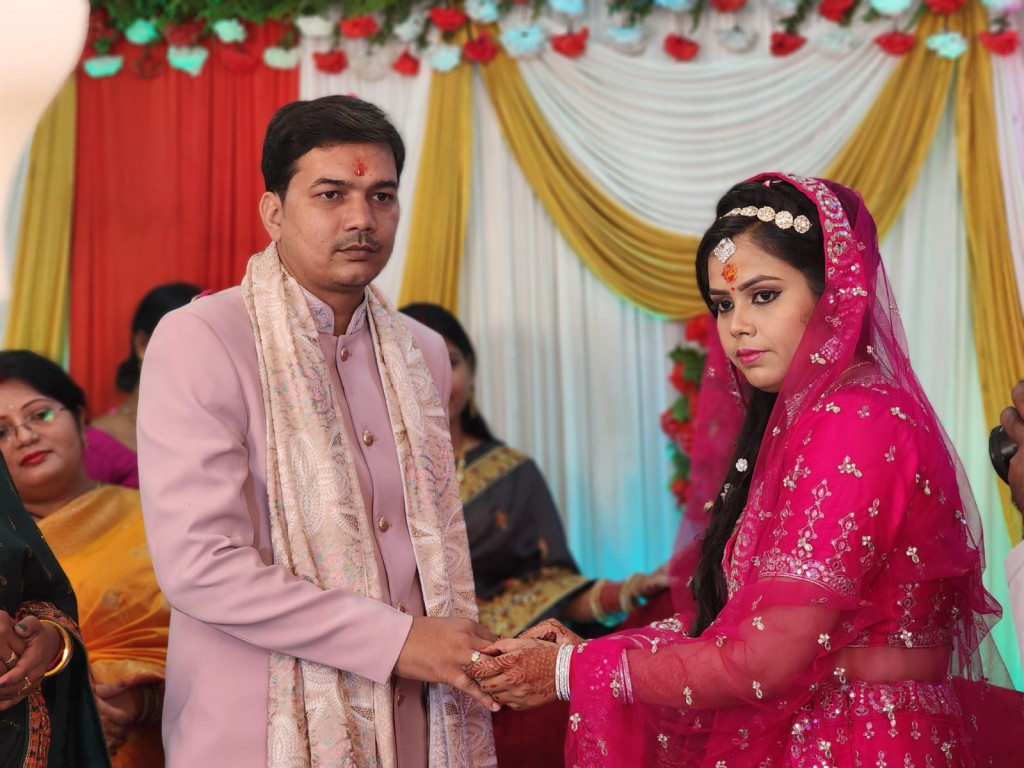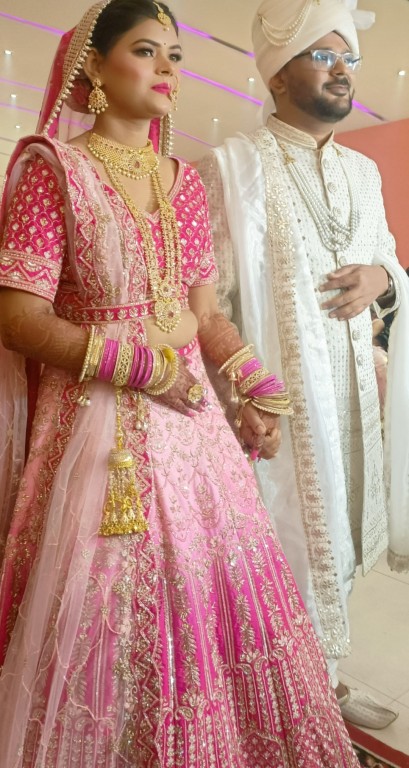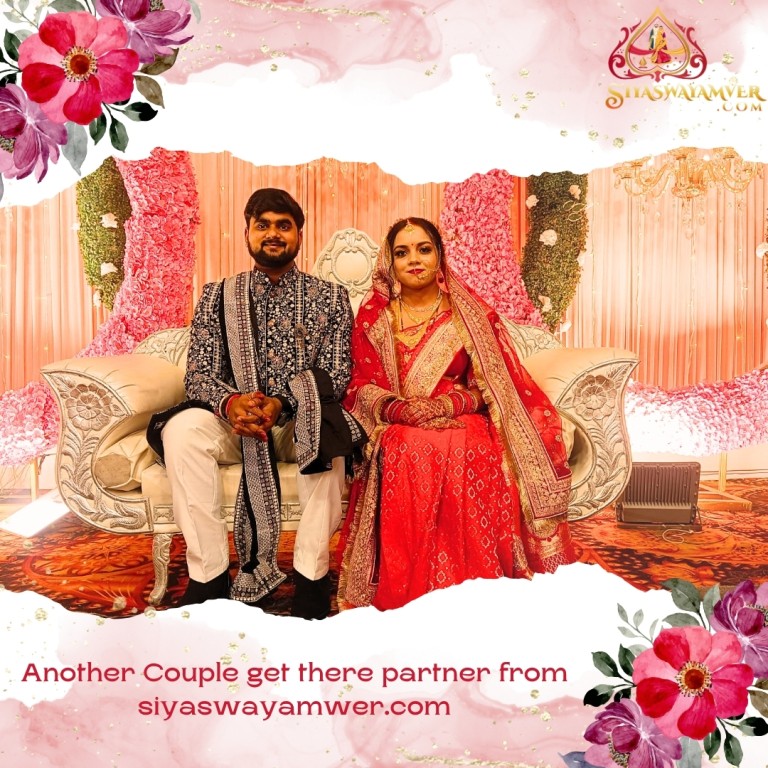Blog Details
Exploring Bhumihar Weddings: Unique Rituals and Cultural Heritage
Thursday 12th December, 2024
Introduction
Bhumihar weddings are a splendid tapestry of unique rituals and vibrant cultural significance that paint a beautiful picture of Indian matrimony. Nestled among the diverse weddings of India, they stand out with their distinct traditions that have been cherished through generations. From the lively pre-wedding celebrations to the intricately planned post-wedding customs, each moment is rich with meaning and joy. Let's embark on a journey to discover the array of customs that make Bhumihar weddings truly special.
The Historical Significance of Bhumihar Weddings
Bhumihar weddings are a vibrant expression of the community’s long-standing traditions and values. These marriages aren't just unions of two individuals but are celebrations that weave a tapestry of history, culture, and familial bonds.
Origins and Evolution
The origins of Bhumihar weddings can be traced back centuries, deeply rooted in the agricultural and warrior backgrounds of the Bhumihar community in India. Traditionally known for their associations with land ownership and defense, the Bhumihars developed wedding customs that mirror these aspects. Over the years, as societal norms evolved, so did many of these traditions. Today, the ceremonies have absorbed modernity while still proudly showcasing rituals that have stood the test of time.
Cultural Relevance
Bhumihar weddings are culturally significant, as they are critical for preserving the community’s unique identity. These weddings form a bridge between generations, allowing cultural wisdom and practices to be passed down. They emphasize not only the joyous union of marriage but also the importance of familial duties and responsibilities. Each ritual is imbued with meaning, strengthening familial bonds and community ties.
Pre-Wedding Customs
The excitement of a Bhumihar wedding begins long before the actual ceremonious day arrives. The pre-wedding customs paint a vivid picture of anticipation and enchantment, engaging families in rituals that foster blessings and joy.
Engagement Rituals
An engagement in a Bhumihar wedding, often termed as the "Sagai" or "Tilak" ceremony, is not just an official announcement of the couple's intention to marry but an inter-familial affair cementing bonds between two families. During the Sagai, the groom's family visits the bride's family laden with gifts and sweets. Rings and other tokens of acceptance are exchanged among relatives, symbolizing the beginning of an eternal partnership. This ceremony sets the foundation for mutual respect and understanding between the soon-to-be-joined families.
Traditional Blessings
Before the wedding, both families engage in a series of traditional blessing rituals to ensure a harmonious and prosperous married life for the couple. These often include sacred ceremonies conducted in a familial temple where the couple seeks blessings from ancestral deities. Elders of the family also play a vital role, imparting heartfelt wisdom and their blessings.
One such tradition involves the "Haldi" ceremony. This ritual employs a paste made from turmeric, which is generously applied to the bride and groom. Haldi is seen as an auspicious cleansing ritual—both spiritual and physical—preparing them for the sacred bond of marriage.
Preparatory Ceremonies
Preparatory ceremonies are vibrant affairs filled with music, laughter, and culinary delights.
-
Mehendi Night: The bride, along with her female relatives and friends, has intricate henna designs applied to her hands and feet. Surrounded by singing and dancing, this night is an expression of joy and femininity.
-
Sangeet: This is the family’s chance to showcase their creative sides. Music, dance, and merriment abound as both families come together for an evening of performances, often featuring catchy Bollywood tunes. This joyous occasion breaks the ice between families, encouraging bonding and unity.
-
Shopping and Dressing: Another essential pre-wedding custom is the shopping of attire and ornaments. Families take immense pride in selecting traditional outfits, such as sarees and sherwanis, enhancing the beauty and grace of the couple.
These pre-wedding customs are designed to strengthen the family’s social fabric. Every toast, song, and blessing serves not only to honor tradition but also to craft an unforgettable beginning to a beautiful journey ahead.
The Wedding Day Ceremonies
A Bhumihar wedding is nothing short of a grand festival, filled with vivid traditions and vibrant celebrations that bring families and communities together. Each and every ritual has its own special significance, and witnessing them unfold is like stepping into a cultural tapestry that dates back centuries. Let’s dive into the most important events of the wedding day itself!
Arrival of the Baraat
The Baraat is the groom's wedding procession, an event brimming with excitement and festivity. The Baraat arrives at the bride's home or wedding venue with great fanfare. Picture this: drummers beating traditional instruments, relatives dancing with joyful abandon, and the groom arriving on a beautifully adorned horse or sometimes in a car. This procession is not just a journey; it's a mobile celebration! What makes the Bhumihar Baraat special is the spirit of unity and exhilaration that it brings along.
As the Baraat approaches, the bride's family awaits eagerly to welcome them with traditional rituals. This act of greeting signifies not only welcoming the groom but also embracing a new family member with open arms and warmth.
The Sacred Vows
In the heart of the wedding ceremony lie the sacred vows that the bride and groom exchange in front of the sacred fire. This ritual is central to the union, binding the couple in a promise of love, trust, and companionship for a lifetime. Known as "Saptapadi" in Hindu tradition, the couple takes seven steps together, each step symbolizing a shared vow and commitment to mutual growth and respect.
The Saptapadi is considered the most spiritual part of a Bhumihar wedding. It's like a gentle reminder that marriage isn't just about grand celebrations but is rooted in profound respect and commitment toward each other.
Unique Wedding Rituals
Bhumihar weddings are sprinkled with unique rituals that set them apart from other Hindu weddings. A charming ceremony involves both families performing a ritual known as "Joota Chupai." Here, the bride's sisters and cousins try to steal the groom's shoes for a ransom. This playful banter is met with laughter and joy, serving as a fun ice-breaker and a memorable highlight.
Post-Wedding Traditions
Once the joy and excitement of the wedding day ceremonies subside, the celebration quietly moves into its post-wedding phase. While the heart still hums with happiness, these traditions ensure that the spirit of togetherness continues.
Welcoming the Bride
Upon arrival at her new home, the bride is welcomed with heartfelt rituals which symbolize her new beginnings. Her stepping foot into her new life is celebrated with 'Griha Pravesh', where she gently tips a pot filled with rice, symbolizing prosperity, as she enters. This beautiful tradition reflects acceptance and warmth, welcoming her with love.
Celebratory Feast
Food plays a vital role in Bhumihar weddings, especially in the post-wedding period. Known as "Bhoj," the celebratory feast is a culinary delight where traditional dishes are served in abundance. Families, both from the groom's and the bride's side, sit down for a savory meal, enjoying flavors that truly capture the essence of their cultural heritage.
Delicacies range from vegetarian dishes to an array of sweet treats, creating a meal that binds everyone with its deliciousness. It’s like putting an exclamation mark on the joy of the day!
Family Rituals
After the feast, it’s time for the bride and groom to partake in various family rituals. These traditions are unique to each Bhumihar family and often involve religious ceremonies that bless the newlyweds with prosperity, health, and happiness in their new journey together. It's in these intimate moments that families bond, weaving strong threads that tie kinship with love and respect.
Thus, Bhumihar weddings beautifully blend age-old customs with celebratory zeal, making for a mesmerizing journey through rituals and cultures that are both fascinating and full of life.
Conclusion
Bhumihar weddings are a beautiful journey through a rich tapestry of traditions and cultural expressions. They offer a glimpse into the values and customs treasured by this community. Each ritual, from the playful to the profound, holds importance and has been passed down through generations. As family and friends gather to celebrate, they weave a vibrant tapestry of love and unity. Remembering these unique traditions makes every Bhumihar wedding a memorable and heartwarming affair.
Bhumihar bride and Groom Search visit Siyaswamver Best bhumihar matrimony
सच्चे और अच्छे वैवाहिक रिश्तों के लिए हमसे जुड़ें। हम सिर्फ रिश्ते ही नहीं बताते, निभाते भी हैं।


